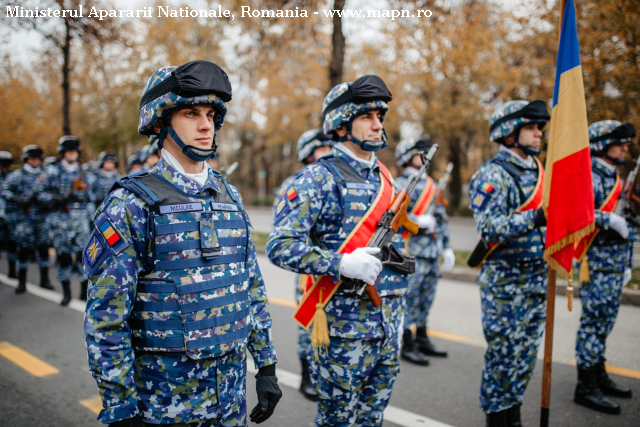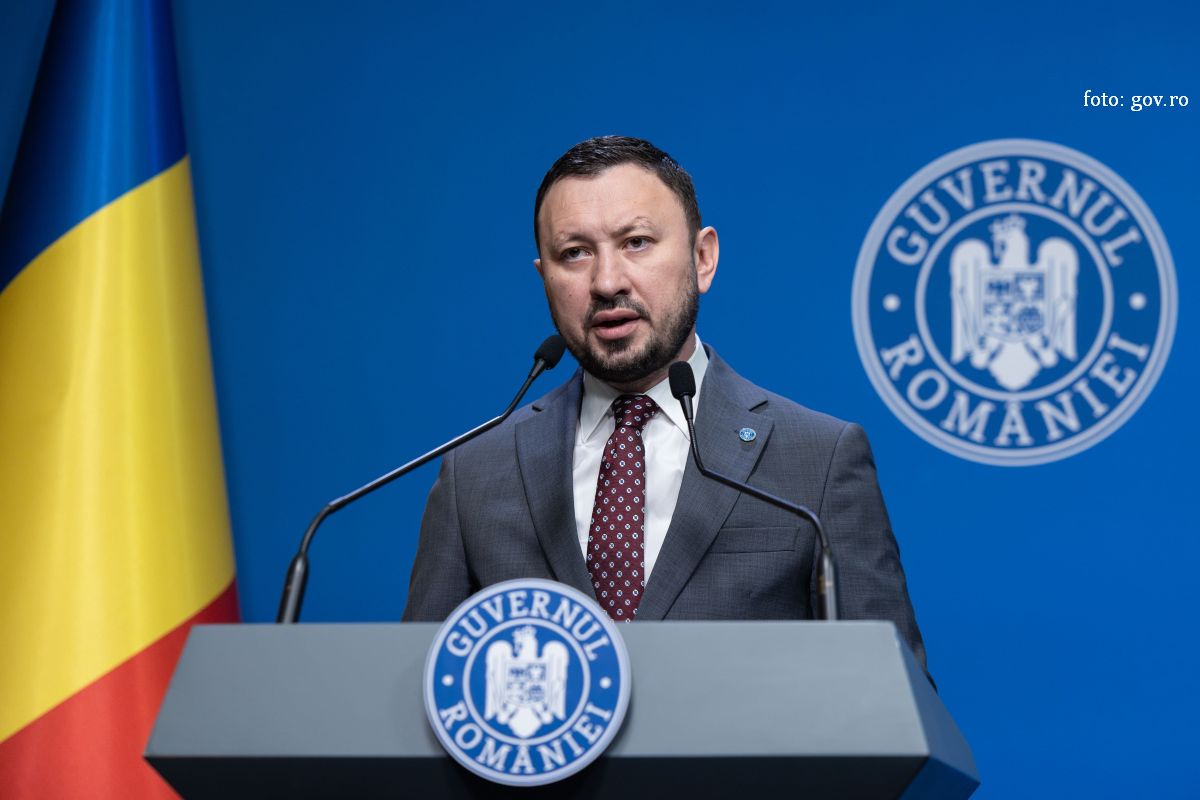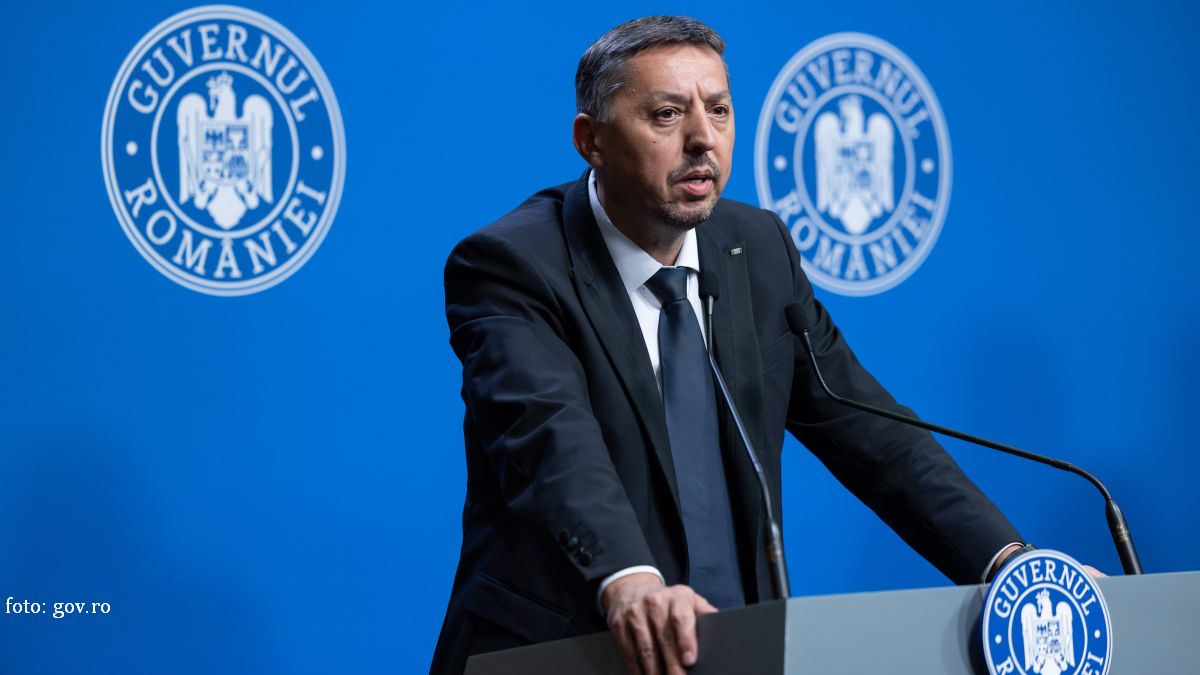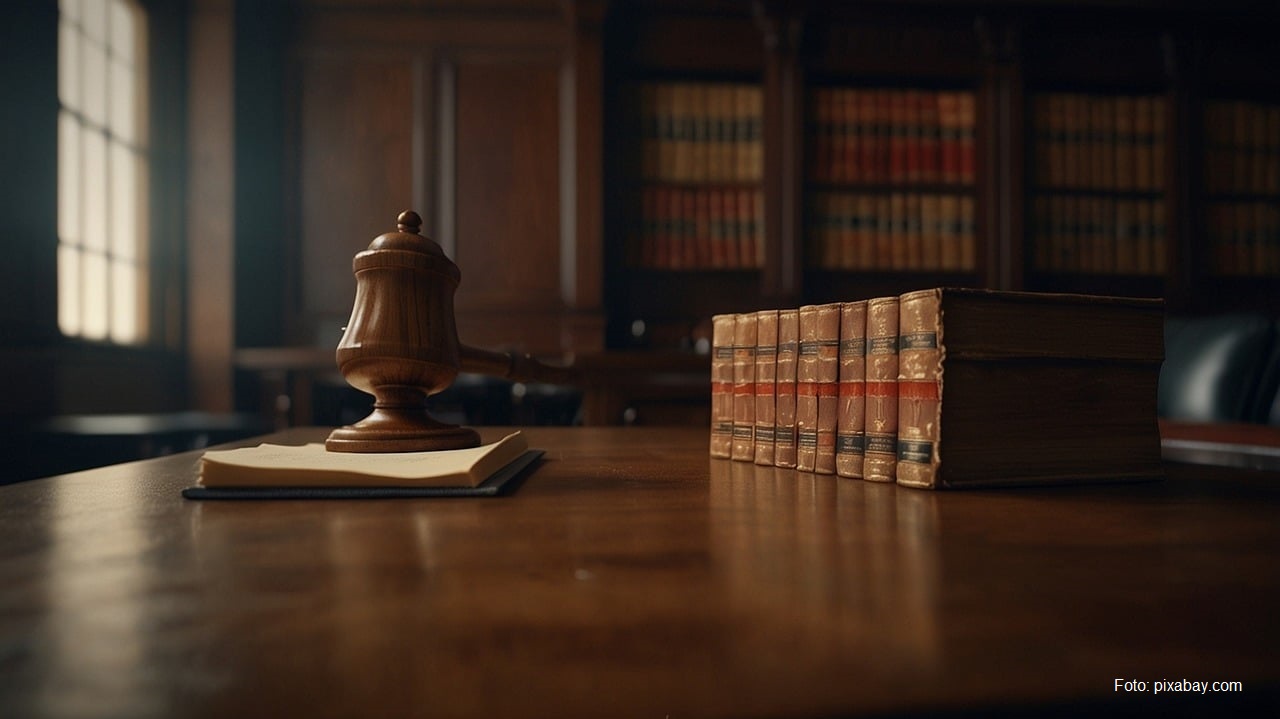Preparations for National Day
On December 1, military parades are scheduled in order to celebrate Romania's National Day

Mihai Pelin, 28.11.2022, 14:00
Every year on December 1, the National Day of Romania is celebrated across the country as well as abroad, in theatres of operations where Romanian troops are deployed or in the Romanian communities abroad.
In Bucharest, the traditional Triumphal Arch parade is scheduled, which this year will see the most extensive participation of Allied troops. For the first time since the Covid pandemic, there will be no restrictions for the public. In addition to the previous years, the military parade will showcase the latest equipment purchased by the Romanian Army.
Apart from Romanian troops, the parade will include around 150 foreign servicemen from Belgium, France, North Macedonia, the Republic of Moldova, Portugal, the US and the Netherlands, as well as troops representing the countries contributing to the NATO structures in Romania, and military equipment, including fighter jets from Canada, Italy, Spain and the US.
National Day celebrations will also be held in Alba Iulia, where messages for Romania will be sent out on November 29 as part of an educational programme hosted by the Principia Museum. On November 30, when St. Andrew, the patron saint of Romania is celebrated, Alba Iulia will host military ceremonies and wreath laying ceremonies. On the same day, a festival of traditions and customs is scheduled to begin, entitled Traditional Romania.
On December 1, the Union March will take place, and a military parade will be held in Alba Iulia, with around 850 troops and military equipment taking part, including land vehicles, helicopters and F-16 fighters. A unit of French troops, part of the NATO battle group in Cincu, Braşov County, will also take part in the parade.
The events also celebrate 100 years since the coronation of King Ferdinand I and Queen Marie in Alba Iulia, where in 1600 the Wallachian prince Michael the Brave entered with his troops in what was later seen as the first political union of the Romanian territories.
Nicknamed “The Unifier,” Ferdinand I was the first king of all Romanians, the sovereign under whose reign the great union of 1918 was achieved. Ferdinand I was the one who introduced a land reform and an election reform, who worked to strengthen the Romanian nation state, and whose reign was the most prosperous period in the modern history of the Romanian state.
Standing by his side was an exceptional personality: Queen Marie of Romania, who worked as a battlefield nurse during the First World War and as a diplomat in European capitals, the one without whom, historians agree, Ferdinands success would not have been the same and Greater Romania would have been a goal even harder to achieve. (AMP)






























